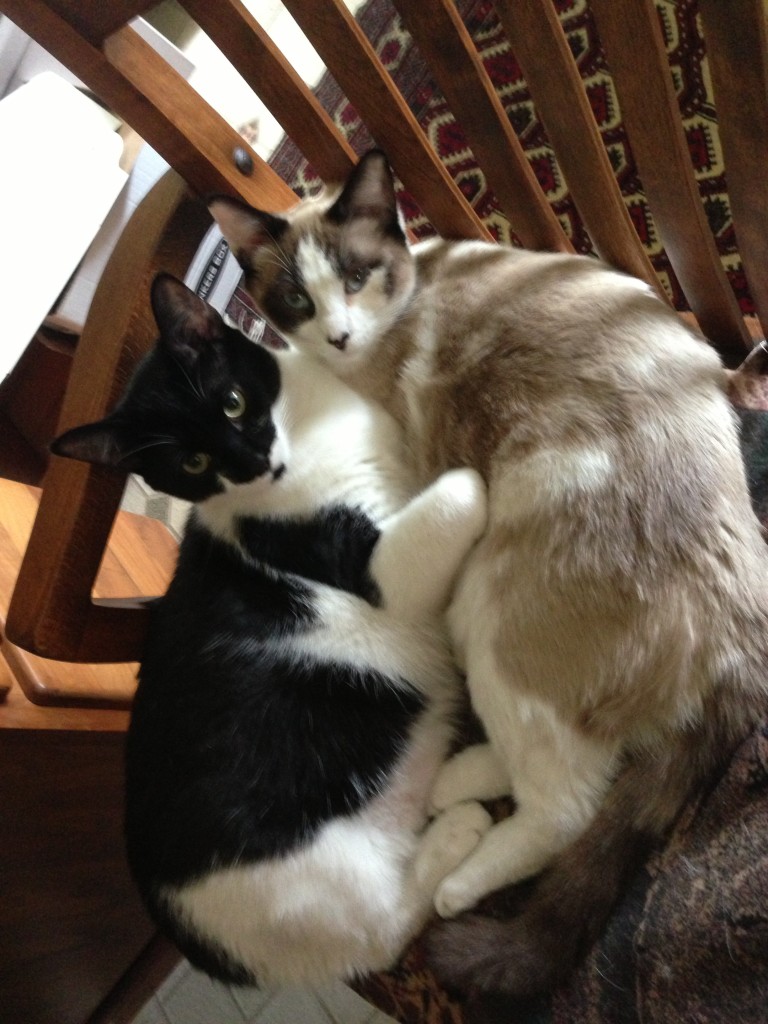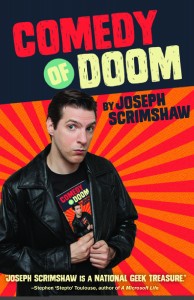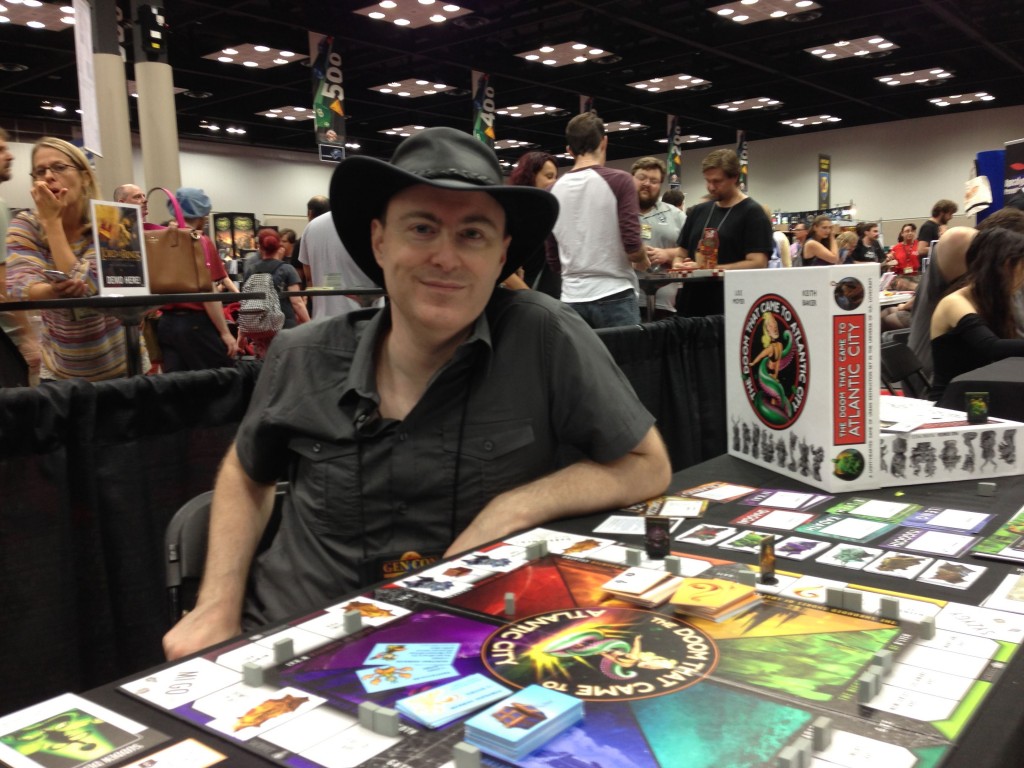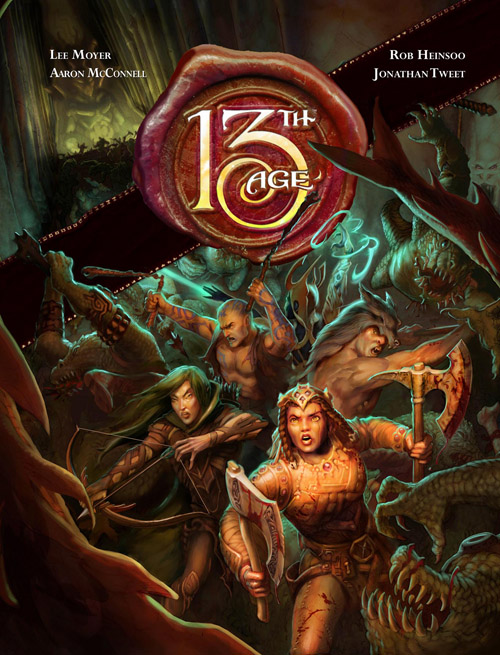As always, this material represents my own personal opinions; it’s not canon and may contradict canon sources. I still don’t have any new information about official Eberron support in D&D Next, but I hope to have news soon.
I’ve talked about the Dragonmarked Houses and Aberrant dragonmarks before. Before getting to the current questions, I want to bring up a key point from the earlier article.
The power of the houses comes from the fact that they offer services that are unavailable elsewhere, at least on the scope and scale they can provide. While some houses do work to eliminate competition, for many of their services there simply isn’t significant competition. While clerics can heal, there aren’t a lot of spell-casting priests in Eberron, and they generally have a divine calling and a purpose in the world; it’s not viable to fully replace Jorasco healing houses with clerics. Likewise, while an individual spellcaster could learn and cast sending, that’s trivial compared to the network of Sivis speaking stones that deliver thousands of message each day. Magic is a form of science, and new discoveries require innovation; and it’s always easier to create a tool that enhances an existing power than to make one that generates the same effect from nothing.
So it is a default assumption of the setting that people simply haven’t found a way to create magic items that duplicate the effects of most dragonshard focus items without the need for a mark. In 4E, I suggest restricting many rituals to the Dragonmarked to reflect this. Groups like the Arcane Congress are always working on this, and your PC might be an innovator who can make some of these effects no one has until now. But the key point is that while the houses are monopolies, this is often because no one knows how to replicate what they can do on an international scale; only a few have to actively deal with serious competition.
What would happen to Eberron if all the Dragonmarks suddenly went dormant?
It would be a serious blow to the culture of the Five Nations. Swift long distance communication relies on Orien and Sivis. Orien and Lyrandar are cornerstones of mass transit and freight. Loss of Jorasco removes basic medical services, which would likely lead to plagues. Between loss of transit and Lyrandar weather control, you’d probably end up with famines when crops fail or food can’t be delivered. Loss of Cannith brings mass production of common goods and primary creation of magical goods to a halt. Breaking the Kundarak vault system suddenly cuts many people off from their wealth, which could seriously impact some nobles. If you look at my list of restricted rituals in 4E, suddenly those rituals just don’t exist in the world.
Now, it’s not the end of magic or civilization. You’ve still got magewrights out there; check this article for examples of services magewrights provide. The lamplighters who keep the streets lit aren’t using dragonmarks to do it. Some standard magical services would remain intact. Furthermore, there ARE skilled wizards and artificers outside of the houses. Nobles would still have access to some of those old services by hiring the best independent mages money can buy. But much of the system that provides magical services to the middle class would fall apart, and people would have to implement mundane systems to take their place.
Aundair would be in a strong position because of the Arcane Congress and the general effort to bring arcane magic into everyday life. Thrane has the highest percentage of divine casters and would thus have the best ability to counter the loss of Jorasco healing. Karrnath has a decent war magic program, but would be hurt by the loss of things like communication, transportation, and weather control.
I get the impression that the houses are everywhere, and if you open a business that’s within their “domain”, you either have to join the house or get stomped on. If my character starts a mercenary Company, would they have to eventually join with house Deneith? The problem with that, is that, if my character don’t possess a dragonmark or family within that house, he’ll only be able to climb so far within it.
First: It is entirely possible to operate a business without being affiliated with a house. There’s many independent mercenary companies, many smiths who don’t work for Cannith, many inns that aren’t tied to Ghallanda. One wizard who can cast Sending doesn’t pose a threat to House Sivis; it’s only if he actually comes up with a way to offer service on the same scale that they do that he becomes a real threat.
So, one independent mercenary company of 100 people based in Sharn doesn’t pose a threat to Deneith. But an independent mercenary army of 10,000 people with branches in multiple cities DOES pose a threat to Deneith, and they would attempt to stop it or assimilate it before it reached that level.
With that said, assimilation is always the preferred path. Most houses would rather just get a share of your profits that wipe you out. As described in Dragonmarked, Guild membership comes in three flavors. Most businesses are licensed. They pay a small percentage of profits and vow to uphold guild standards, and in exchange they get to show the guild stamp. So the average inn isn’t OWNED by Ghallanda, but it’s licensed by Ghallanda; the seal of the Hosteller’s Guild is an assurance that you won’t get food poisoning, be killed in the night, etc. Bound businesses are essentially franchises, and the nature of the services they offer are dictated by the guild. So an inn licensed by Ghallanda can serve whatever food it wants, as long as the quality meets Guild standards; but a Gold Dragon Inn has to serve the same core menu as all other Gold Dragon Inns.
So back to you: You want to start a mercenary company. You could be entirely independent and do your own thing, and as long as you don’t seriously threaten Deneith’s business they’ll leave you alone. However, you might find that clients pass you up and hire licensed Deneith mercenaries instead, because the Deneith seal assures them that the soldiers meet Deneith standards of training and discipline, and because they can go to the house for compensation if the mercs fail to perform. And if you decide to be licensed by Deneith, they aren’t going to try to limit your success; they’ll even send work your way. They’ll simply expect a share of your profits.
The houses do work to maintain their monopolies, but they’d rather be making money from you than spending money crushing you. They’ll only take ruthless action if they truly see you as a mortal threat to their overall success.
How do the different houses respond to a dragonmark going from least to lesser, lesser to greater, etc? There are system reasons why it happens, but does anyone in the game world have theories? Does anyone do anything to try to encourage/suppress the progression?
Well, now we venture into the realm of house rules. MECHANICALLY, marks are clearly delineated into four sizes. We have pictures of each of those four sizes. However, I personally don’t believe that you go to sleep with a Least Mark and wake up with a Lesser. I believe that marks grow organically over time. So take three people with Least Marks and they might all be different sizes and shapes – all clearly recognizable as somewhere between Least and Lesser, but different stages of development. You know you’ve reached the next stage when you are capable of performing the magic associated with the next stage, or using a focus item that requires that level of mark.
Now, that doesn’t change the question of why people think Marks grow and what affects someone’s potential. Most people believe it’s largely genetic, and that a child whose parents have powerful marks will be more likely to develop a powerful mark of their own; this also ties to the belief that children of two houses will develop aberrant marks. However, there are any number of other theories, ranging from diet and mental exercise to planar alignment and the influence of the Prophecy.
Which houses meddle in their members’ love lives, and why?
In dealing with this, it’s vitally important to remember that houses aren’t monolithic entities. Every house is made up of multiple families; the Shadow Schism that created House Thuranni was a civil war between the Phiarlan families. The different Cannith factions are likewise largely divided along family lines. So with this in mind, I’ll give you some reasons, but interfering with your love life is something that’s more likely to be done based on the policies of your FAMILY than your house. One Cannith family may go out of its way to arrange political alliances or bring new blood into the house; if you’re the best artificer of the age & not dragonmarked, they’d like to convince you to marry into the family. Meanwhile, a different Cannith family may strictly forbid people marrying outside the house. Now, why might they interfere?
- Dragonmarks. You’ve got a Siberys mark. You think we’re going to let you waste that on unmarked trash? Elaydren Vown has a greater mark, and we’ve already made arrangements.
- Race. You may love this elf, but think of your children. If they aren’t fully human, there is no chance they will manifest a mark. Will you damn them for your own selfish desire?
- Politics. We have an opportunity to secure a connection with the Brelish aristocracy/end the feud with the Vowns/Arcane Congress etc. We’re not letting you waste yourself on some guttersnipe ex-soldier.
- Recruitment. Flega is the finest artificer in the Five Nations. We need to bring her into the house, and you’re going to do it.
- Prejudice. Your father was killed in the attack on Shadukar. I’ll see you excoriated before you sleep with a Thrane.
Vadalis is highly likely to arrange marriages for marks. Tharashk is remakably liberal and sees outside marriage as a good way to increase its influence. But beyond that, it’s really about your personal family.
Dragonmarks are seen only on the peoples living on Khorvaire. Why are there none on the goblin race, who lived before humans?
Good question. And why do they appear on half-orcs but not full orcs? And why not on gnolls or shifters or changelings? Nothing about the marks is clear. Bear in mind that they didn’t all appear at once; marks appeared on the Aereni and Talenta Halflings more than five centuries before they appeared on humans, and more than TWO THOUSAND YEARS before the Mark of Finding appeared on half-orcs. Who’s to say that the goblins won’t suddenly manifest a mark no one’s seen before?
And, of course, one answer is that the marks have only appeared at certain times and on certain races because they are an experiment of, say, the Daelkyr; they are actively picking and choosing who gets what mark.
Is there any reason why Greater Aberrant marks aren’t as common any more? Is the ‘bloodline’ that much weaker or another reason?
No one knows for certain. The common belief is that the strongest bloodlines were wiped out in the War of the Mark and that strength is simply gone from the world. But aberrant marks have never been strictly tied to bloodline, so it’s a little odd. So a secondary question would be “Why are aberrant marks becoming more common now?” I’ll give you a few possible answers for that:
- The Mourning has wounded nature and increased the number of aberrant marks.
- It’s a sign of the increased power of an overlord.
- It’s dictated by the Prophecy.
- It’s the work of the Daelkyr.
- It’s just natural; the aberrant lines were weakened in the War of the Mark, and now it’s finally regaining strength.
If another house started to form, under what kind of mark do you think would be new and novel?
I’d probably start by saying that there’s been a changeling Dragonmark for over a century, but unlike most marks they can hide it by shapeshifting, so no one KNOWS about the changeling Dragonmarked House. I’d also consider the idea of the goblins developing a mark. With that said, I like the 13-1 structure… so what I might do is to have one of these two races develop the Mark of Death. There’s only 13 marks; the elves had their time with the Mark of Death; now it’s moving to another race. Is this a sign? Will the other marks start migrating too? If it’s about how long they’ve been around, the Mark of Shadow and the halfling marks would be the next to go…
Are there any houses /marks you would redesign or replace if you could? Any reason why, or ideas to that effect?
I’ve never been happy with the mechanics for aberrant dragonmarks; I’d change those if I had the opportunity. And I’ve already redesigned the relationship between marks and rituals in 4E, as noted in the previous articles. As for the houses themselves, I’m generally happy with them. I don’t think Orien has ever had the attention it deserves, and I could see doing more with Vadalis and eugenics. In general, I’d love to look at ALL of the houses in more detail, but I’m happy with the fundamental concepts.
I wonder what it’s like for non-creepy Vadalis who just want to breed a better pig.
Which is most of them. For that matter, magebreeders are only a small segment of the house; most heirs are ranchers, teamsters, veterinarians, handlers, jockeys, and more; people who love working with animals and whose animals can do amazing things.
Which house do you think has most potential as an outright villain? Would your answer be different for adventure v. campaign?
Certainly. Again, I think Vadalis has a lot of long-term potential because magebred humans are creepy (and an extremely logical source of homegrown Inspired for the Dreaming Dark to use). Lyrandar has tremendous ambition. And hello, by canon (which you can of course ignore) Zorlan d’Cannith of Cannith East is a seeker of the Blood of Vol; you could easily make him an ally of the Emerald Claw.
What is Cannith East’s greatest strength?
In my opinion? War. Cannith South specializes in warforged and manufacturing, but I’ve always considered Cannith East to be the arms specialists. They may not have manufacturing facilities to match South, but their unique form of ingenuity is building better weapons. Aside from that, they’ve been experimenting with undead, so consider the weird things you can do with that.
If all marks of a kind are the same, what about the Draconic Prophecy? Not every Mark of Making can indicate the same destiny, can it?
Not at all. First of all, speaking GENERALLY, the prophetic significance of dragonmarks isn’t tied to the individual; it’s about patterns. Think of dragonmarked individuals as tarot cards or runes. Someone who knows the Prophecy may walk into a bar, say “OK, I see Greater Storm, Lesser Making, and three of Least Healing. Which means… it’s going to be a bad day.” That bad day may not even involve any of the marked individuals; they’re just signposts for someone who knows how to read them. Having a Dragonmrk doesn’t automatically mean that YOU are significant to the Prophecy; in means that you are now a tea leaf others can use to read it. If you ARE personally significant to the Prophecy, your mark will be one of the things that identifies you, but it won’t be the only thing.
Do you think there is tension or rivalry between houses Tharashk and Medani given how both work with inquisitives?
Certainly. However, one issue here is that Medani is a very subtle house; its services also overlap with Deneith when it comes to bodyguards. Medani is the warning guild. Its specialty is counterintelligence and predictive work. You hire a Deneith bodyguard when you want muscle at your side; you hire Medani for defense when you want them to identify and neutralize the threat before it actually manifests. The same is true of inquisitives. Tharashk inquisitives are more of your classic private eyes. They are the people the innkeeper will hire to find out who stole his valuables, or who’s dating his wife. Medani’s inquisitives deal with more complex problems and generally, wealthier clients. They’re who you call in to negotiate with a blackmailer – or to prevent blackmail when you’re vulnerable but it hasn’t happened yet. Think someone might have spies watching you, or an assassin after you? Hire Medani. Short form: Medani inquisitives handle complex cases for wealthy clients; Tharashk inquisitives solve basic problems for a broader client base.
Likewise, Tharashk’s monstrous mercenaries overlap with Deneith, but don’t really fill the same space. Most of Deneith’s best clients won’t turn to ogres and gnolls instead of Deneith’s reliable forces.
While Tharashk is stepping on toes, it’s also the best source for the single most valuable resource in the magical economy: dragonshards. As a result, while Deneith and Medani are rivals with Tharashk, they don’t really want to get into an all-out feud with the house, and many other houses are willing to support Tharashk in conflicts.
I wonder why house Phiarlan does not seek to outlaw Thuranni. After all, both houses have the same dragonmark.
Among other things, because they are family. The Shadow Schism only occurred a few decades ago. The Mark of Shadow has been around for thousands of years, and elves themselves live for centuries. There are still members of the Thuranni families in House Phiarlan and vice versa. They are now professional rivals, and the wounds of the schism run deep for some; but they are still brothers and sisters. What they have largely done is divide up Khorvaire, so for the most part they aren’t directly competing in the same territories.
Moreover, why do not the sentinel marshals or national authorities imprison and prosecute those they know are killers from Thuranni? Granted, in the shadow war there is a place for spies and assassins, but an overt assassin organization should be frowned upon by the populace, and despite their alibies, many are aware of the true business of house Thuranni.
First, it’s the same principle as the Mafia or other major organized crime organizations: you may KNOW they do bad things, but can you actually catch them doing them? And as the Captain of the local city watch, do YOU really want to make a personal enemy of a family of professional assassins? Someone who starts a crusade to bring down Thuranni assassins will immediately become a target. Beyond that, their “alibis” are more than just alibis. You say that many people should be aware of the “true business” of Thuranni. But assassination ISN’T the “true business” of Thuranni. The Shadow Network is a guild of entertainers and artists, including many of the finest performers in Khorvaire. While the Network supports the covert ops that the house engages in, this doesn’t change the fact that the day-to-day business of the house is entertainment. As a normal person on the street, you can’t simply go to a Thuranni enclave to hire a spy or assassin; you go to the enclave to purchase art, to take classes (in music, acting, or other forms of art), or to engage the services of entertainers. If you want those other services, you have to know the right channels to take, and they will reach out to YOU.
With that said, if a Thuranni assassin just walked up on the street and stabbed the Mayor of Sharn in front of witnesses, Sentinel Marshals and Dark Lanterns WOULD be dispatched to bring them in (or simply kill them). Being in Thuranni isn’t a license to break the law. Again, it’s like organized crime in our world. You can get away with it if you’re careful and play by the rules that have been established, but if you’re clumsy you will get caught and pay the price.
Now for a perennial question…
Also, what happened to Cyre, really? You must have a personal Canon, right?
As I just said at DragonCon, no… I actually don’t. To me, the Mourning is much more powerful as a mystery. Once the answer is defined, it is possible to predict if it can happen again and whether it can be harnessed. Once that information becomes public, it will completely change the balance of the cold war between the Five Nations. I like the current balance of power, so I’ve never felt a need to run a campaign in which the answer is found. Meanwhile, I can think of a dozen answers that all could be true. One appears in The Fading Dream. But it could have been a Cannith weapon, possibly tied to trying to harness the power of an Overlord; or it could have been the release of an Overlord; or it could have been the natural result of using too much war magic; or it could have been the harbinger of Xoriat coming back into alignment with Eberron for the first time in thousands of years; or it could have been the beginning of the end that the Children of Winter have been talking about; or it could have been Khyber Herself finally straining against Eberron’s bonds; or it could have been a creation of the Lord of Blades, building a new homeland for his people, and he’s just about got Mourning Mk II ready to go; or… you get the idea.
I’ve always felt like the reason presented for the Mourning in The Fading Dream was not, in fact, the reason, so much as it was the “tea leaves” that indicated an event in the Prophecy was about to occur… I have always felt like the physical cause of the Mourning was still undetermined in the Thorn continuity.
The cause of the Mourning is DEFINITELY undetermined in the Thorn continuity. The Eladrin have advanced a theory, but Thorn herself doesn’t buy it. With that said, you are exactly right: this is exactly the way Prophetic manipulation would work. There could be an aspect of the Prophecy that says something to the effect of “If the Silver Queen wounds the Unknown Prince, his land shall share his pain.” Meanwhile, the Mourning itself could be caused by a Cannith weapon malfunction. What the Prophecy does is says “If event A occurs, event B will follow.” To us, there is nothing directly relating these two things – but the Prophecy lets you control one by controlling the other.
This last question is something of a spoiler for my novel The Son of Khyber. Skip over it if that concerns you.
The Son of Khyber appears in another novel prior to his appearance in The Son of Khyber. What happened between the two appearances?
If it’s not entirely clear, the individual in The Son of Khyber ISN’T the same person you’ve encountered before; he’s another soul occupying that person’s body. He’s the spirit of an aberrant leader from the War of the Mark, an ancestor of the body he occupies. He made his way back to Khorvaire, found House Tarkanan, and essentially took over. The house was a small organization, and the Son of Khyber has significant experience as a military leader, more knowledge of aberrant marks and especially aberrant focus items than anyone in the modern age, and a mark that’s more powerful than any modern aberrant. Having stepped out of time as the aberrants were being hunted down, he was pretty driven to turn things around.
Now, the other side of this coin is what happened to the original spirit that occupied that body, and that’s a good question. I had thought about him and his Jorasco companion making an appearance in The Fading Dream, as Taer Lian Doresh is both on Dal Quor and Eberron, but it was too much to fit in. But he’s still around on Dal Quor, and you can be sure his other companions are trying to get him back.
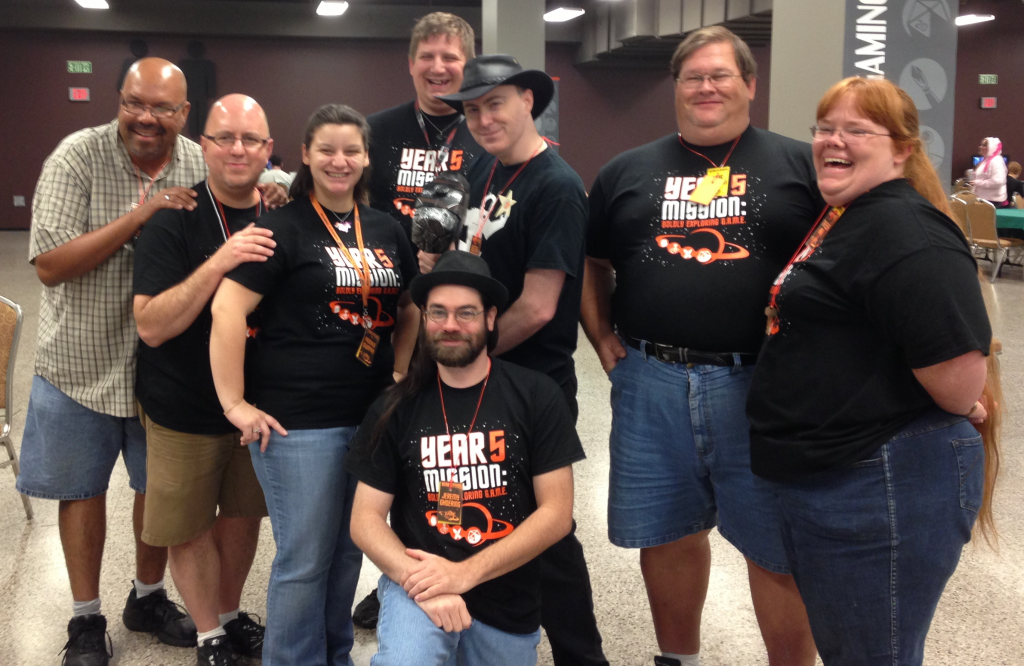 This last weekend I was a guest at the G.A.M.E. convention in Springfield, Missouri. While it was a small convention, I had a fantastic time. I met many wonderful people, and had an opportunity to run an Eberron adventure and a Phoenix playtest. While I’ve run both scenarios before, both leave enough in the hands of the players that it’s a different experience for me every time. This collaboration is one of the things I love about roleplaying games; it’s like rereading a favorite story but having it turn out differently every time.
This last weekend I was a guest at the G.A.M.E. convention in Springfield, Missouri. While it was a small convention, I had a fantastic time. I met many wonderful people, and had an opportunity to run an Eberron adventure and a Phoenix playtest. While I’ve run both scenarios before, both leave enough in the hands of the players that it’s a different experience for me every time. This collaboration is one of the things I love about roleplaying games; it’s like rereading a favorite story but having it turn out differently every time.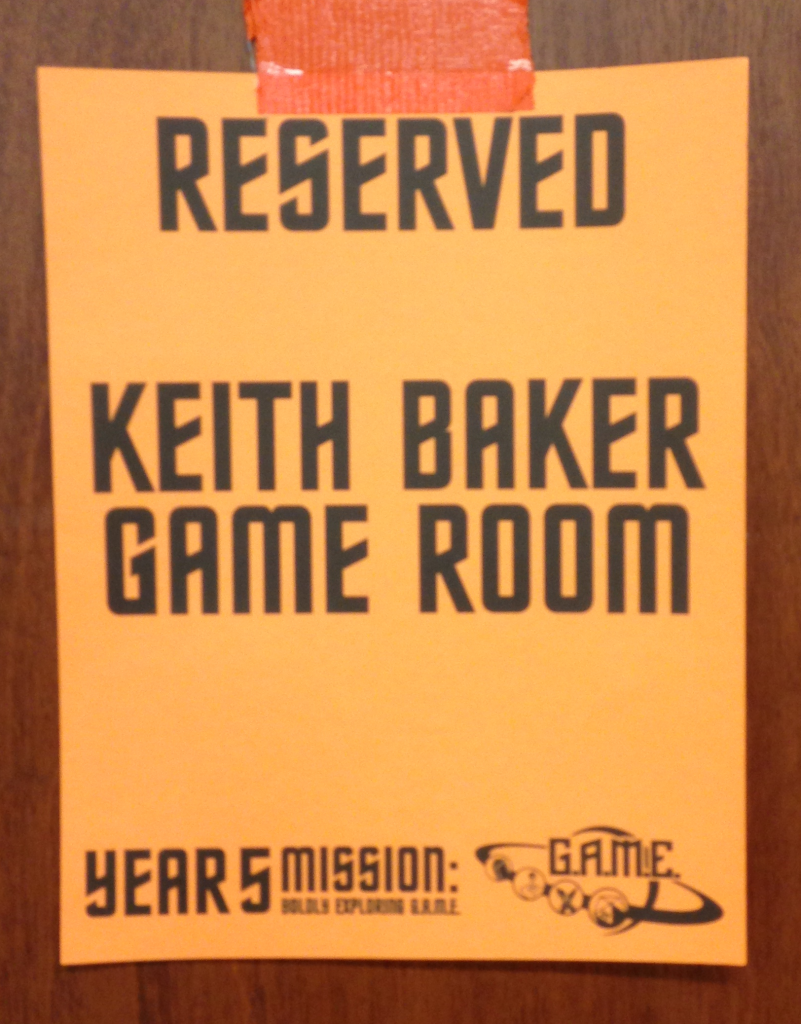 Quite often, gaming at conventions means running your game in a huge room filled with other people playing games of their own. G.A.M.E. gave me my own room for my sessions. Having this private space gave me the bring music to the table, something that doesn’t really work in the open air arena. It made for a great session… and that inspired me to write a little about music and games.
Quite often, gaming at conventions means running your game in a huge room filled with other people playing games of their own. G.A.M.E. gave me my own room for my sessions. Having this private space gave me the bring music to the table, something that doesn’t really work in the open air arena. It made for a great session… and that inspired me to write a little about music and games.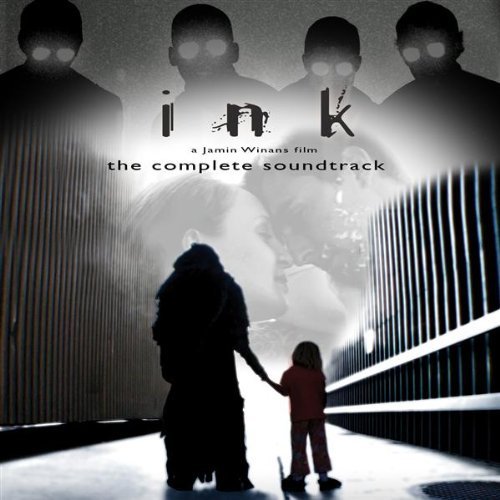 INK (Jamin Williams, 2009) is a film about dreams. The soundtrack is quiet, eerie, and works through a small set of repeated themes. The repetition works to its advantage, because it means that a shift in track doesn’t automatically draw attention away from the game. One advantage is that it’s a fairly obscure film; the Game of Thrones soundtracks are excellent fantasy background, but when the title motif comes up it’s hard not to think “Game of Thrones!” While the primaryInkmotif is very distinctive, odds are good your players don’t have any prior associations with it. As I said before, it’s fairly slow, ambient, and eerie; I like to use it for exploration, investigation, and general background. It’s not TOO creepy, and it’s certainly not dramatic combat music… but it makes for a good background that won’t draw too much attention from your story.
INK (Jamin Williams, 2009) is a film about dreams. The soundtrack is quiet, eerie, and works through a small set of repeated themes. The repetition works to its advantage, because it means that a shift in track doesn’t automatically draw attention away from the game. One advantage is that it’s a fairly obscure film; the Game of Thrones soundtracks are excellent fantasy background, but when the title motif comes up it’s hard not to think “Game of Thrones!” While the primaryInkmotif is very distinctive, odds are good your players don’t have any prior associations with it. As I said before, it’s fairly slow, ambient, and eerie; I like to use it for exploration, investigation, and general background. It’s not TOO creepy, and it’s certainly not dramatic combat music… but it makes for a good background that won’t draw too much attention from your story.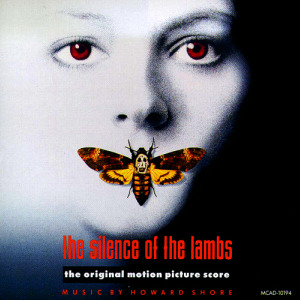 SILENCE OF THE LAMBS (Howard Shore, 1991) is also good for general eerie ambience and the building sense that you’re building towards something terrible. It’s an orchestral score, and slightly more complicated than Ink. It also has a few themes that serve different purposes, so it’s not one you’re likely to want to play straight through. The Main Title, The Asylum, and the Finale are all excellent building/investigation music, if a touch more dramatic than Ink. On the other hand, The Abduction and Lecter Escapes both have SHOCKING DISCOVERY moments that can be distracting if you aren’t in a shocking discovery place. This was one of my go-to soundtracks for running Over The Edge, and I expect it to see a lot of use in my Phoenix tests.
SILENCE OF THE LAMBS (Howard Shore, 1991) is also good for general eerie ambience and the building sense that you’re building towards something terrible. It’s an orchestral score, and slightly more complicated than Ink. It also has a few themes that serve different purposes, so it’s not one you’re likely to want to play straight through. The Main Title, The Asylum, and the Finale are all excellent building/investigation music, if a touch more dramatic than Ink. On the other hand, The Abduction and Lecter Escapes both have SHOCKING DISCOVERY moments that can be distracting if you aren’t in a shocking discovery place. This was one of my go-to soundtracks for running Over The Edge, and I expect it to see a lot of use in my Phoenix tests.


